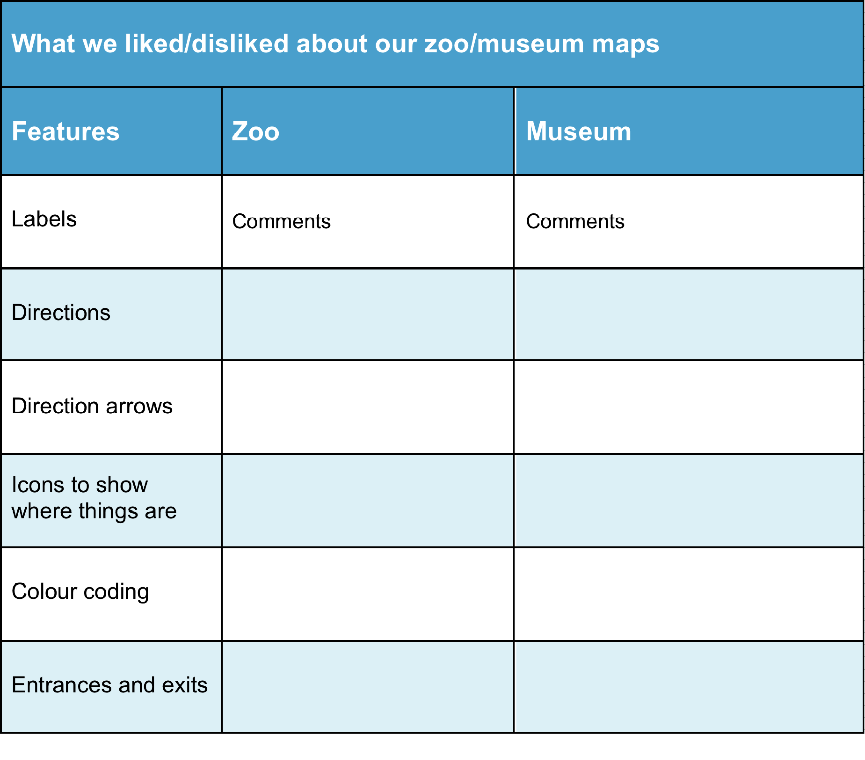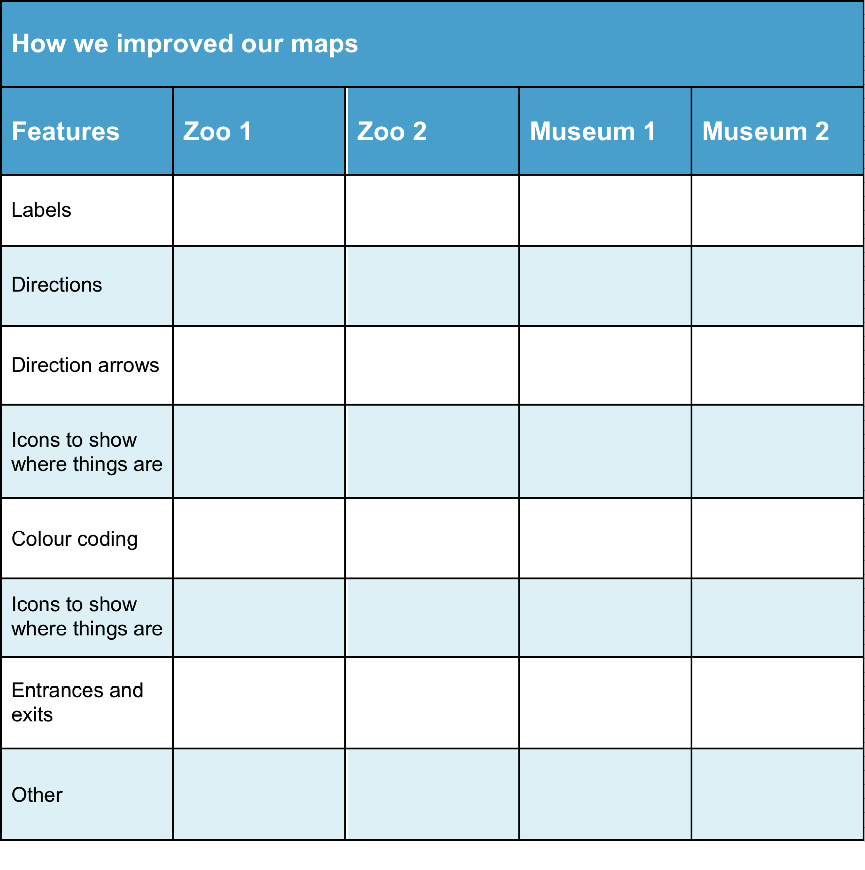Information for Teachers
Curriculum links
Australian Science Standards
ESS (ACSSU48) Earth’s rotation on its axis causes changes including night and day
DT (ACTDEK013) Suitability of materials, systems, components, tools and equipment for particular purposes
NDS (ACSHE050) Patterns, change and events in our environment
New Zealand Science Achievement Objectives
PEB: The components of the solar system and the distances between them
NTTK: The relationship between the materials used and their performance properties in technological products
Helpful websites
You may want to direct your students to websites to help with their investigations.
Students can look up explorers, explorers+problems, ancient+explorers, using+the+stars.
How+to+make+maps
Successful+journeys, failed+journeys
Students can find out about successful or failed attempts by explorers such as Shackleton, Livingston, and Scott, or by NASA, which has had failed space expeditions.
https://listverse.com/2013/05/18/8-worst-journeys-ever-undertaken/
How to search the internet
1 Keep your request short
Fewer words will give a more accurate search.
2 Choose exactly what you want
For example: Arctic Circle Climate
3 Use quotes
Double quotes around a set of words tell the search engine to consider those exact words in that exact order without any change. For example: “Arctic Circle Climate”
4 Use the plus sign (+)
If you add a plus sign (+) between words, the internet will search for all the words. For example: migrate+birds+whales+mammal
5 Use the minus sign (–) to say what you don’t want
Use a minus sign (–) to show words you do not want to appear in your results. For example: if you search for burrowing animals and do not want mammals in your search, –mammals will exclude mammals. Note that you need to put a space before the minus sign for the word to be excluded.
6 Be very clear about what you don’t want
Part 1
Ask questions and make predictions
After reading Finding Our Way, you may have many questions about making memory maps in our minds and how people use maps.
List your questions
- Compare your list with questions that others have.
- Choose a question you would like to investigate.
- You can work alone, with a partner, or in a small group.
You may want to choose one or more of these questions to investigate
Q1. In groups, do some memory mapping. Choose what sort of a memory map to make and each person makes their own. Compare your memory maps. How are they different? Why?
Q2. How could you improve a map you have used? We sometimes find it hard to follow a map of a zoo or a museum. Work with others who have also had problems with the same map and try to improve the map.
Q3. Find out more about people who got into serious trouble on a journey to unknown places. What happened? Did their maps fail, did they ignore their maps, or were there other things that went wrong?
Go to Part 2 Plan and investigate →Part 2
Plan and investigate
Do searches in the internet or in books or talk to people who can help to find the information you are looking for.
Your teacher may suggest suitable websites for further information.
Go to Part 3 Record and analyse data →Part 3
Record and analyse data
Find a way of recording your information that will allow you to see any patterns in the data.
Make a data chart to record the important information you find.
Data Chart for finding our way
 Download Chart
Download Chart
Go to Part 4 Evaluate the information →
Part 4
Evaluate the information
1. Look over the information you have gathered and the patterns you have found.
Did the maps provide clear directions?
Were you able to find the information you were looking for?
2. Search for other patterns.
Did you find some common things on each map?
3. Makes notes about what you find.
Go to Part 5 Communicate and share ideas →Part 5
Communicate and share ideas
Look over all of the information that you have gathered in your investigation.
What are the most important ideas about your investigation?
Make a chart showing the most important ideas.
 Download Chart
Download Chart
← Return to menu
